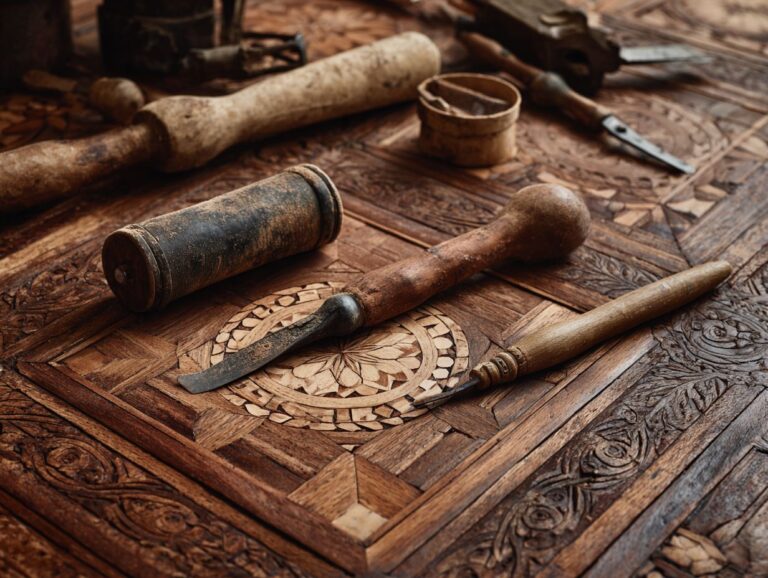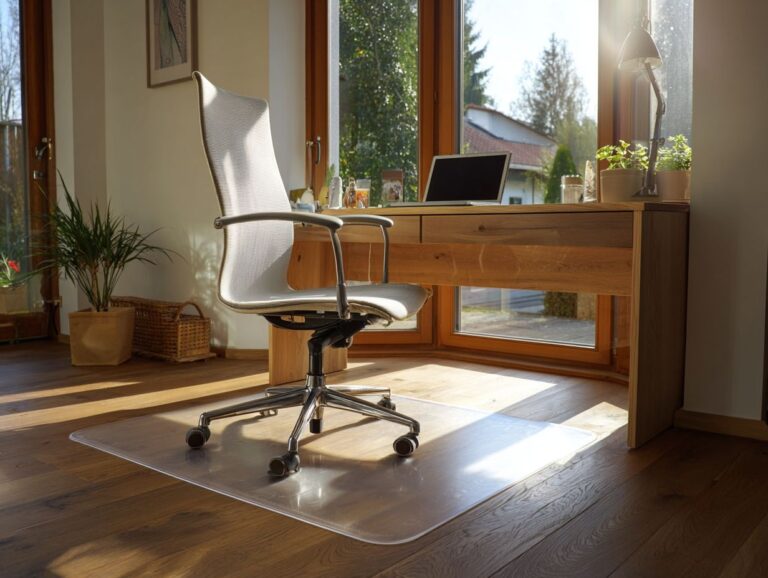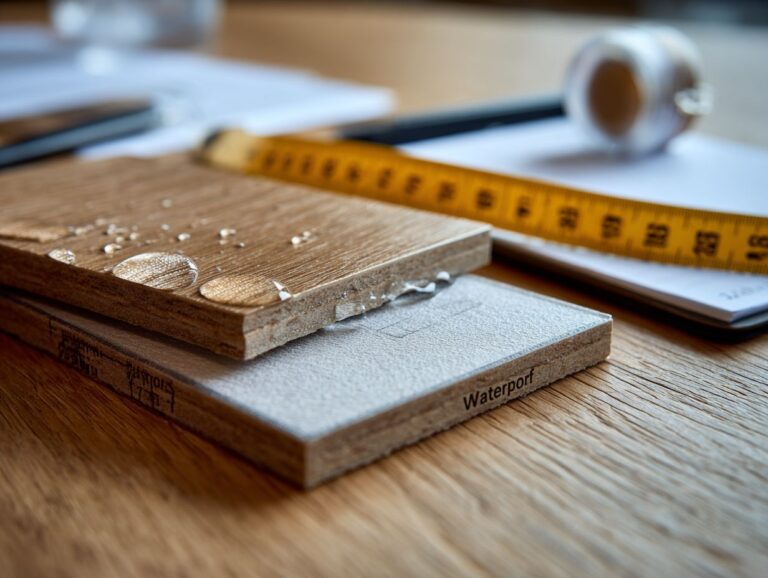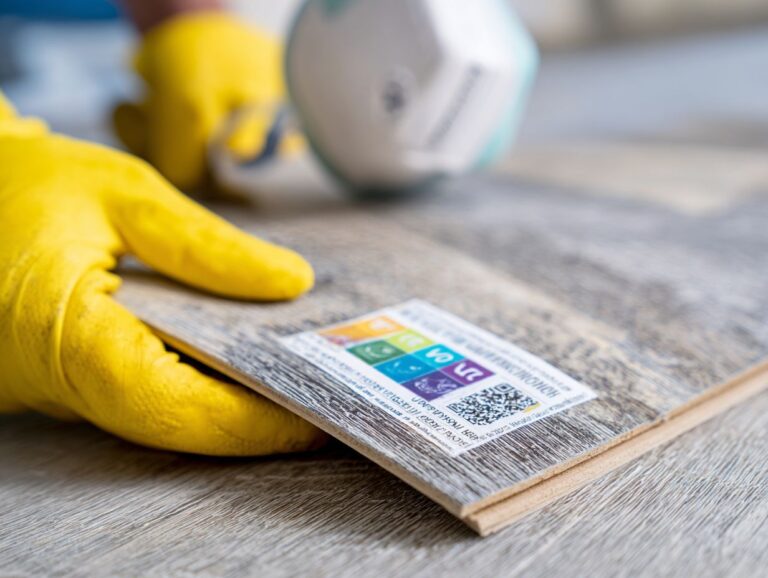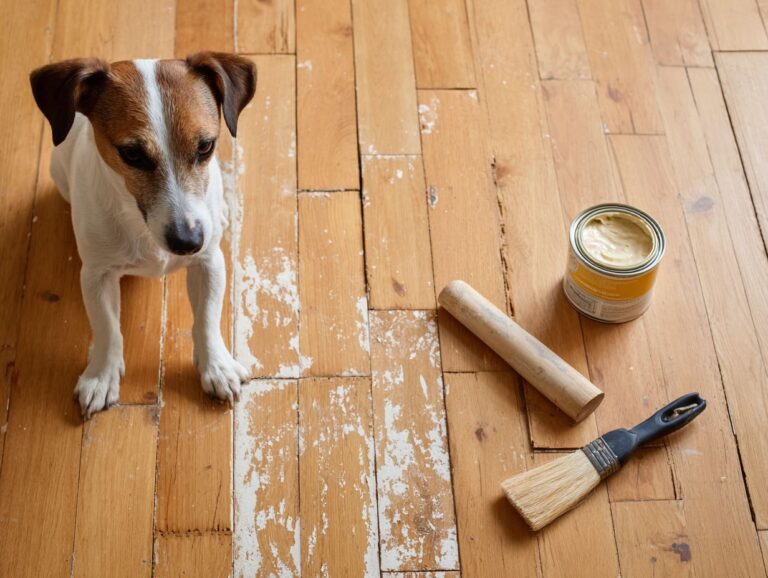Travertine Flooring – Pros, Cons and Maintenance Guide
Contents
- Introduction to Travertine Flooring
- Travertine Market Insights
- Travertine Market Overview: Market Size and Growth
- Travertine Market Overview: Information About Travertine Tile Market
- Travertine Market Overview: Market Segmentation by Finish
- Travertine Market Overview: Market Segmentation by Application
- Travertine Market Overview: Market Segmentation by Color
- Travertine Market Overview: Travertine Market Segmentation by Size
- Travertine Market Overview: Travertine Market Drivers
- History and Origin of Travertine
- Pros of Travertine Flooring
- Cons of Travertine Flooring
- Maintenance Guide for Travertine Flooring
- Installation Considerations
- Frequently Asked Questions
- What are the pros of using travertine flooring?
- What are the cons of using travertine flooring?
- What is the recommended maintenance for travertine flooring?
- Can travertine flooring be used in high-traffic areas?
- Can travertine flooring be installed in wet areas such as bathrooms?
- How does travertine flooring compare to other types of natural stone flooring?
Introduction to Travertine Flooring
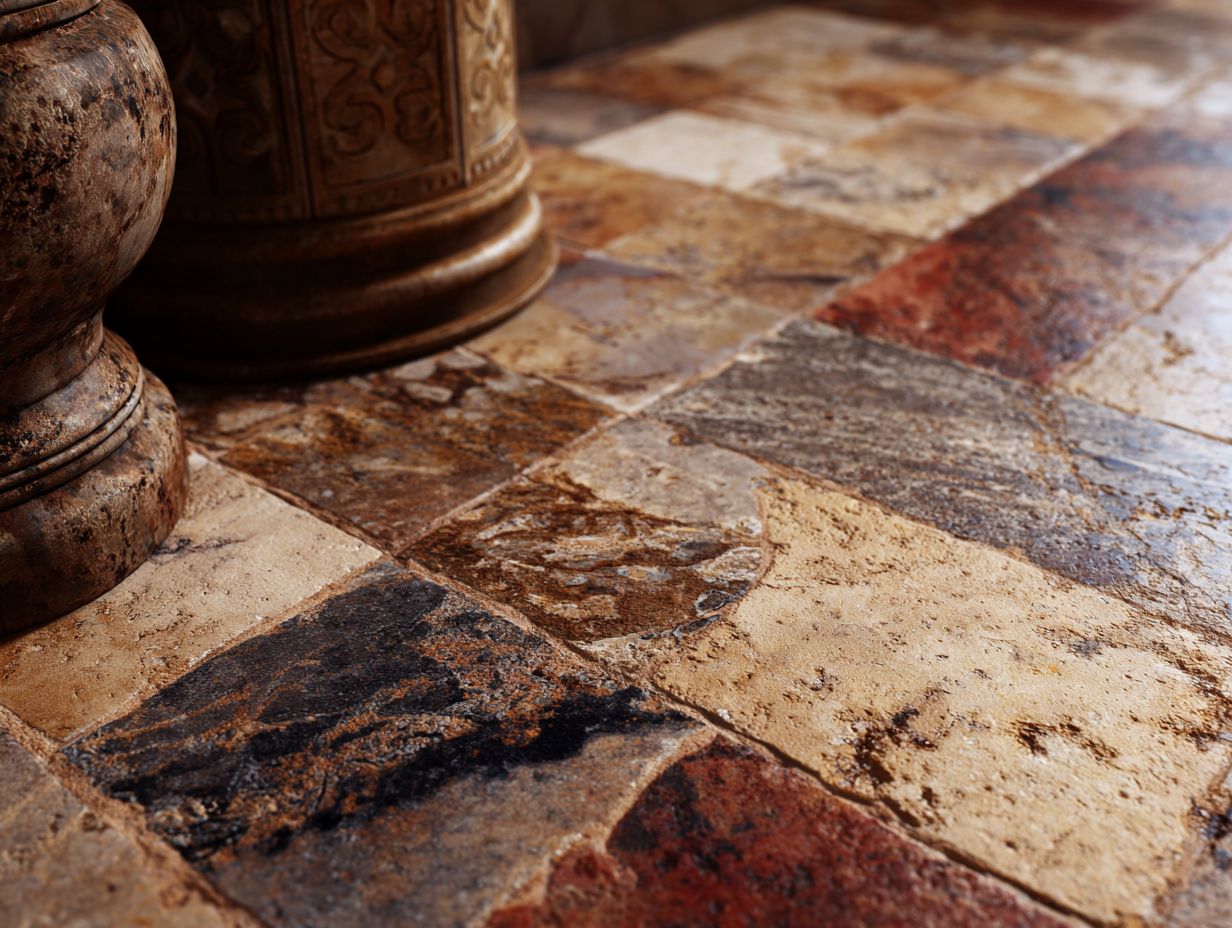
Key Takeaways:
What is Travertine?
Travertine is a sedimentary rock primarily composed of calcium carbonate, formed by mineral deposits from natural springs, giving it a distinctive porous texture.
This rock forms through a combination of biological and chemical processes, where calcium-rich water emerges at the surface, evaporates, and leaves behind mineral deposits.
Travertine is commonly harvested for various applications, such as flooring and wall tiles, due to its aesthetic appeal and durability.
For example, shiny travertine tiles can make a bathroom look more sophisticated, while matte finishes give outdoor patios a more natural look. Its insulation properties make it an efficient choice for energy savings in building designs.
Travertine Market Insights
Travertine Market Insights
Travertine Market Overview: Market Size and Growth
Travertine Market Overview: Information About Travertine Tile Market
Travertine Market Overview: Market Segmentation by Finish
Travertine Market Overview: Market Segmentation by Application
Travertine Market Overview: Market Segmentation by Color
Travertine Market Overview: Travertine Market Segmentation by Size
Travertine Market Overview: Travertine Market Drivers
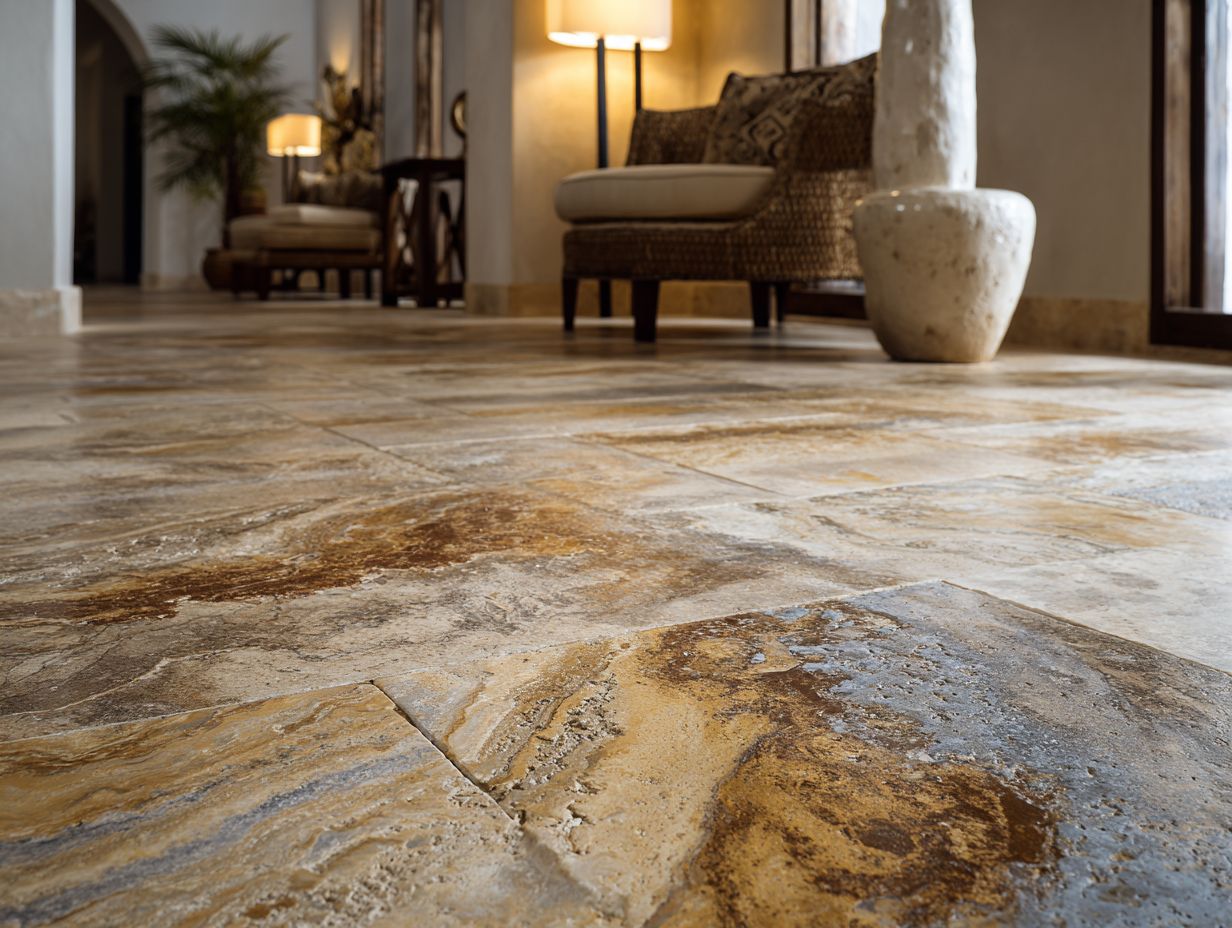
The Travertine Market Insights The 2024 report gives a detailed overview of the industry, focusing on important measures like market size, expected growth, uses, and trends that are influencing the market growth. The information clearly shows what changes are expected in the travertine market in the next few years.
Market Size and Growth reflects a steady progression: with the market anticipated to grow from $3.55 billion in 2024 to $4.98 billion by 2034, showcasing a compound annual growth rate (CAGR) of 3.44%. The rise in the use of travertine shows its growing appeal as a sought-after choice for home and business renovations because it is strong and looks good.
Travertine Tile Market Insights specifically note a strong growth rate, with the market size expected to grow from $2.5 billion in 2025 to $4.2 billion by 2033, representing a CAGR of 6.0%. This higher growth rate within the tile segment indicates strong consumer preference for travertine tiles, often favored for their elegance and versatility.
- Market Segmentation by Finish: Filled and Honed Finish dominates 40%, valued for its smoothness and ease of maintenance. Conversely, Unfilled and Honed Finish accounts for 25%, offering a more natural look. The Brushed Finish (20%) and Other Finishes (15%) cater to varied aesthetic preferences.
- Market Segmentation by Application: Flooring leads at 50%, emphasizing travertine’s durability and aesthetic appeal. Wall cladding at 30% and countertops at 15% show its versatility in home design. Other applications make up 5%, offering niche uses in other decorative areas.
- Market Segmentation by Color: White and beige travertine are most popular (30% and 25%, respectively), appealing to neutral design trends. Silver (20%), gold (15%), and brown (10%) appeal to those looking for distinctive, warm colors.
- Travertine Market Segmentation by Size: Medium-sized tiles (1-5 sq. ft.) are most popular at 50%, ideal for many applications. Small and large tiles share 20% each, while custom sizes account for 10%, catering to specific design needs.
Finally, Travertine Market Drivers indicate that 80% of growth is fueled by a rising demand for premium materials in emerging markets. Environmental concerns and sustainability are playing a bigger role in decision-making (70%), and technological progress is making travertine stronger and more adaptable in design (60%).
Overall, the travertine market is positioned for steady growth, driven by preferences for premium materials and sustainable options. Travertine is popular with designers and homeowners because it offers many uses and lasts a long time.
History and Origin of Travertine
Travertine, which comes from Italy, has been used since the time of the ancient Romans. It is prominently seen in famous buildings like the Colosseum and the Basilique du Sacre Coeur.
Today, travertine remains a preferred material in both residential and commercial designs. Modern applications can be seen in high-end homes, where it’s used for flooring, countertops, and outdoor patios.
Notable contemporary structures like the Getty Center in Los Angeles showcase travertine’s aesthetic appeal and durability. Travertine is celebrated for its sustainability; it can be sourced responsibly, offering a natural alternative to synthetic materials.
Homeowners, designers, and builders value its ability to fit in many settings, its detailed surface, and classic beauty, which embody luxury.
Pros of Travertine Flooring
Travertine flooring is popular because it looks great and lasts a long time.
People choose it for different uses.
Natural Aesthetic Appeal
Travertine has a simple and attractive look that improves the appearance of any area, which is why many homeowners choose it.
When selecting travertine for your floors, kitchens, or bathrooms, consider variations like honed, tumbled, or polished finishes.
Honed travertine offers a more matte look, perfect for minimizing slip hazards in bathrooms. Tumbled variations provide a rough, weathered appearance, ideal for outdoor patios. For a sleek, contemporary style, polished travertine adds a luxurious touch in kitchens.
Compare colors; lighter shades can brighten a space, while darker tones bring warmth. Always ask for samples to see how these textures fit with your design before deciding.
Durability and Longevity
Known for its durability, travertine can withstand heavy foot traffic and resist wear, often lasting for decades with proper maintenance.
To maximize the longevity of travertine flooring, maintain it through routine cleaning and sealing. Regularly sweep or vacuum to eliminate dirt and grit, which can cause scratching.
Apply a penetrating sealer every 1-3 years, depending on foot traffic. Be mindful of moisture; excessive water exposure can lead to dullness or even damage.
Compared to porcelain tiles, which typically last 20-30 years, travertine’s lifespan can exceed 50 years, especially when cared for properly in dry and climate-controlled environments.
Variety of Colors and Patterns
Travertine is available in a wide array of colors and patterns, allowing homeowners to customize their flooring to perfectly complement their interior design.
Common color variations of travertine include classic beige, rich walnut, warm ivory, and deep gold. Each offers unique applications; for example, beige blends well in living areas with soft lighting, creating a warm, inviting atmosphere.
Walnut, with its darker tones, suits modern spaces such as kitchens for dramatic contrast. In bathrooms, light ivory can make the area feel larger, while deep gold goes well with natural tones, improving the overall feel.
Thoughtful use of these colors improves both the look and usefulness.
Eco-Friendly Material
As a natural stone, travertine is considered an eco-friendly material, providing sustainable building options for environmentally conscious homeowners.
Travertine is sourced from natural deposits, which minimizes the environmental impact associated with extraction.
Its production emits significantly lower carbon dioxide compared to synthetic flooring materials like vinyl or laminate, reducing your home’s overall footprint. For a detailed comparison of natural stone types and their benefits, see also our comprehensive guide on natural stone flooring.
While synthetic options may offer style variations, they are often derived from petroleum-based products, contributing to pollution and waste.
Choosing travertine gives your home a classic look and supports the environment through eco-friendly methods, making it a wise choice.
Cons of Travertine Flooring
While travertine flooring has some benefits, it also has downsides that buyers should think about before deciding.
Porosity and Staining Issues
Being a porous material, travertine is susceptible to staining, particularly from acidic substances, necessitating careful selection of cleaning products.
Common culprits include vinegar, citrus juices, and certain cleaning agents, which can etch or discolor the surface. To maintain the integrity of travertine, use pH-neutral cleaners specifically designed for stone.
For effective cleaning, apply the solution with a soft cloth or sponge, and rinse thoroughly with water. Consider using a penetrating sealer every 1-3 years to create a barrier that helps stop stains.
An example is StoneTech Heavy Duty Sealer, known for its durability and ease of application.
Maintenance Requirements
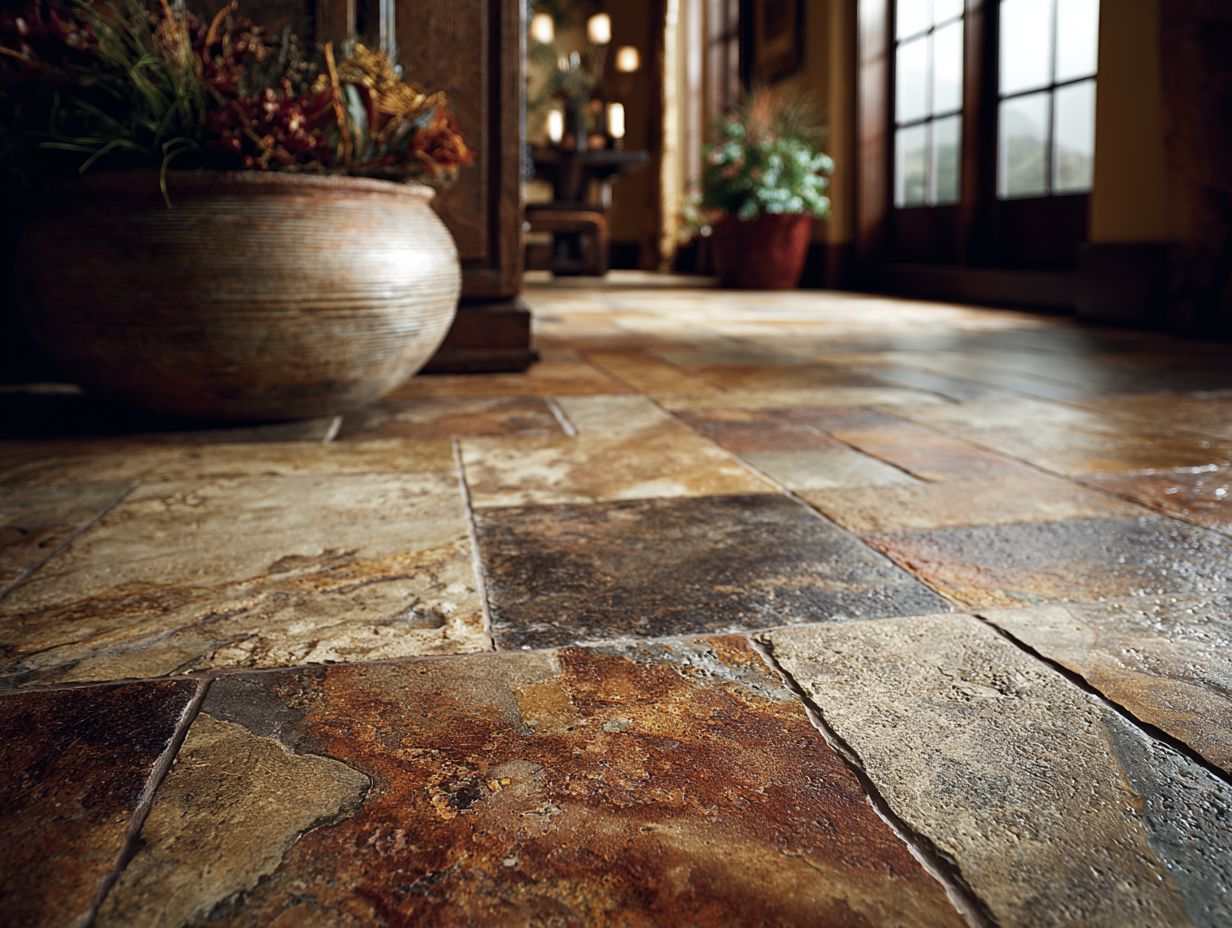
It’s important to maintain travertine flooring properly. You need to seal it regularly and use the right cleaning products to keep it looking good and lasting a long time.
To maintain travertine floors, clean them every week and apply sealant every 6 to 12 months.
Use a pH-balanced cleaner, such as StoneTech, which generally costs around $20 for a quart. For sealing, consider a high-quality penetrating sealer like Miracle Sealants, priced at approximately $30 for a gallon, allowing coverage for multiple rooms.
Over five years, expect to invest about $200 for cleaning and sealing maintenance, ensuring your flooring remains stunning and durable, while also preventing damage from spills and foot traffic.
Slipperiness When Wet
One significant concern with travertine flooring is its tendency to become slippery when wet, raising safety issues in areas like bathrooms and kitchens.
To improve safety, think about using rough surfaces and anti-slip coatings. Textured finishes, such as honed or brushed surfaces, provide better grip underfoot. Using anti-slip coatings can increase traction significantly.
The National Safety Council reports that over 9 million slip-and-fall injuries occur annually in the U.S. As a result, it is wise to invest in safety measures for homes or businesses with travertine flooring.
Regular maintenance, including cleaning with non-slip products, can further mitigate hazards and maintain a safe environment.
Higher Initial Cost
Although travertine offers many benefits, its higher initial cost compared to alternatives like porcelain can be a barrier for some homeowners.
Travertine typically costs between $4 to $7 per square foot for the material alone, while porcelain ranges from $2 to $5.
The cost to install travertine is often high, usually between $6 to $12 per square foot. This is because it is heavy and requires experienced workers. In contrast, porcelain installation generally runs $4 to $8.
The long-lasting nature and natural look of travertine can increase your investment’s value over time, particularly in areas that are used a lot or outside, which may justify the higher initial cost.
Maintenance Guide for Travertine Flooring
To keep travertine flooring in good condition, homeowners should follow a detailed maintenance guide.
Cleaning and Regular Care
Regular cleaning is important for keeping travertine looking good. Use products that are safe for its natural surface.
To effectively clean travertine, use pH-neutral cleaners designed for stone, such as StoneTech’s Natural Stone & Tile Cleaner. Apply the cleaner with a soft mop or cloth to avoid scratches.
To handle tough stains, mix baking soda with water. Test the solution on a small spot first. Establish a cleaning schedule, targeting a deep clean monthly, while daily maintenance can be managed with a damp mop.
This routine will help maintain your travertine’s beauty without risking damage.
Sealing Travertine Floors
Applying a sealant to travertine floors is important to shield them from stains and moisture, which helps them last longer and work better.
You should reseal the surface every 1-3 years, depending on foot traffic and spills.
For DIY sealing, opt for a penetrating sealer like Aqua Mix Sealer’s Choice Gold, which provides great protection and is easy to apply. Alternatively, for a professional touch, consider hiring a local stone care service, especially if your floors are heavily stained or have extensive wear.
To get the best results, clean the floor well before sealing and let the sealant dry for at least 24 hours.
Repairing Scratches and Chips
Over time, travertine can develop scratches and chips, but with the right techniques, homeowners can restore its original beauty.
-
Start by assessing the damage. For minor scratches, a travertine polishing compound can be applied with a soft cloth, gently buffing the area in circular motions.
-
If you encounter chips, a travertine repair kit, which typically includes epoxy and a color-matched filler, can be used. Mix the epoxy following the kit instructions, apply it to the chip, and level it with a putty knife.
-
For large problems like deep cracks or big areas that need to be replaced, it’s a good idea to talk to an expert for a smooth repair.
Dealing with Stains
Dealing with stains on travertine surfaces requires immediate action and the correct cleaning strategy to avoid lasting damage.
Common stains include oil, wine, and hard water.
- To clean oil stains, combine baking soda with water to form a paste, apply it to the stain, and cover with plastic wrap for 24 hours.
- For wine stains, blot with a clean cloth and use a mild stone cleaner, rinsing thoroughly.
- Hard water stains can be treated with a solution of equal parts vinegar and water, but avoid prolonged contact to prevent etching.
Always try the product on a small hidden spot first to make sure it works well with your travertine.
Installation Considerations
Putting in travertine flooring requires attention to important steps, such as getting the subfloor ready and selecting the appropriate adhesive for the best outcome.
Preparing the Subfloor
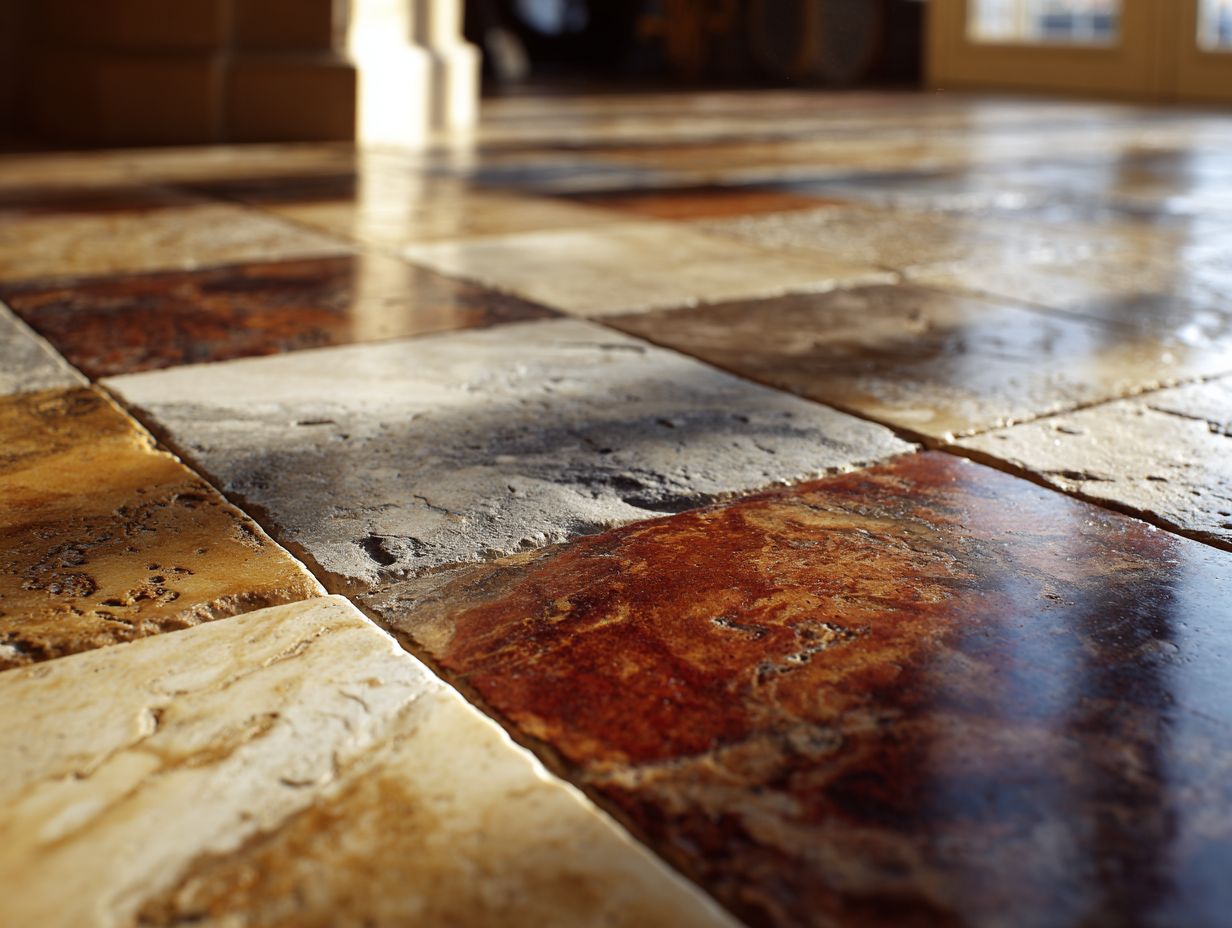
Proper preparation of the subfloor is critical for a successful travertine installation, ensuring a stable and long-lasting surface.
- Start by checking for moisture using a moisture meter; a reading of under 4% is ideal.
- Next, level the subfloor with a leveling compound if needed, applying it with a trowel for a smooth finish.
- After leveling, thoroughly clean the area, removing all dust and debris to make sure it sticks well.
- If you find significant moisture or unevenness, consider using a waterproof membrane or consulting a professional.
Completing these steps will create a solid foundation for your travertine tiles.
Choosing the Right Adhesive
Selecting the correct adhesive for travertine is essential for ensuring the tiles remain securely in place over time.
Thin-set mortar is commonly recommended for its versatility and strong bonding capabilities. It’s ideal for installing travertine in indoor areas, especially when moisture levels are controlled.
For outdoor applications, consider a modified thin-set for added flexibility and moisture resistance. Liquid adhesives work well for small repairs or mosaic installations, providing ease of use without the need for mixing.
Evaluate your installation conditions-if you’re working in a wet environment, opting for a waterproof adhesive can make a significant difference in durability.
Professional vs. DIY Installation
Homeowners must choose between hiring professionals or doing it themselves for installing travertine flooring.
Homeowners should consider several aspects before deciding.
Hiring a professional to install this typically costs $5 to $10 per square foot. This guarantees professional work and provides a warranty. On the other hand, doing it yourself might cut expenses, with materials costing between $2 to $5 per square foot. However, you must use tools like a tile cutter or trowel and understand the correct installation process.
A helpful method is to start with a small test area; this allows you to gauge your comfort level and skill without committing to the entire project upfront. Consider the financial gains alongside the time and work required.
Final Thoughts on Travertine Flooring
Deciding on travertine flooring combines the look you want with practical needs.
Consider factors such as maintenance and durability. Travertine, while beautiful, requires regular sealing to prevent stains and moisture damage. If you live in a humid climate, porcelain tiles may be a better low-maintenance alternative.
For installation, it’s wise to hire a professional if you’re not familiar with flooring projects. However, if you have DIY skills, you can use tools like a wet saw to cut tiles.
Considering the prices, travertine costs between $4 and $7 per square foot, while porcelain can be as cheap as $2, so your budget plays a role in the decision.
Making the Right Choice for Your Home
For homeowners considering travertine flooring, finding out about its attributes and maintenance is important for making an informed decision.
Travertine is a durable natural stone, known for its unique texture and warm colors. Its porous nature requires regular sealing to prevent stains and moisture damage.
To maintain it well, reseal every 1-3 years depending on foot traffic. Use pH-neutral cleaners to preserve its finish, avoiding acidic products that can etch the surface.
Consider placing rugs in high-traffic areas to mitigate wear and tear. Assess whether your climate and lifestyle align with the upkeep demands of travertine; it may be ideal for some homes but less suitable for others.
Frequently Asked Questions
What are the pros of using travertine flooring?
Travertine flooring is a type of stone that provides a classic and attractive appearance to any area. It is long-lasting, flexible, and available in many colors and finishes to match different tastes. It is also easy to maintain and can increase the value of your home.
What are the cons of using travertine flooring?
Travertine flooring is a porous material, which means it can absorb liquids and stains if not properly sealed. It also requires regular maintenance and can be more expensive compared to other flooring options. It can also react to acidic substances, which may scratch and harm the surface.
What is the recommended maintenance for travertine flooring?
To keep your travertine flooring looking its best, it is important to sweep or vacuum regularly to remove any dirt or debris. It is also recommended to mop with a neutral cleaner and to wipe up any spills immediately. Every 3-5 years, the flooring needs to be resealed to keep its protective layer intact.
Can travertine flooring be used in high-traffic areas?
Yes, travertine flooring is a durable and long-lasting option that is suitable for high-traffic areas. However, it is important to properly seal and maintain the flooring to prevent damage or stains from daily use. Using rugs or mats in heavy traffic areas can also help protect the flooring.
Can travertine flooring be installed in wet areas such as bathrooms?
Travertine flooring is suitable for wet areas such as bathrooms, as long as it is properly sealed and maintained. It is important to use a slip-resistant finish to prevent any slips or falls. However, don’t use it in places with a lot of water, like a shower floor.
How does travertine flooring compare to other types of natural stone flooring?
Travertine flooring is often compared to marble or limestone, as they are all natural stones. However, travertine has a special bumpy and uneven surface that makes it different. It is also more affordable compared to marble and can be easier to maintain compared to limestone. In the end, the decision will depend on what you like and what the space requires.
